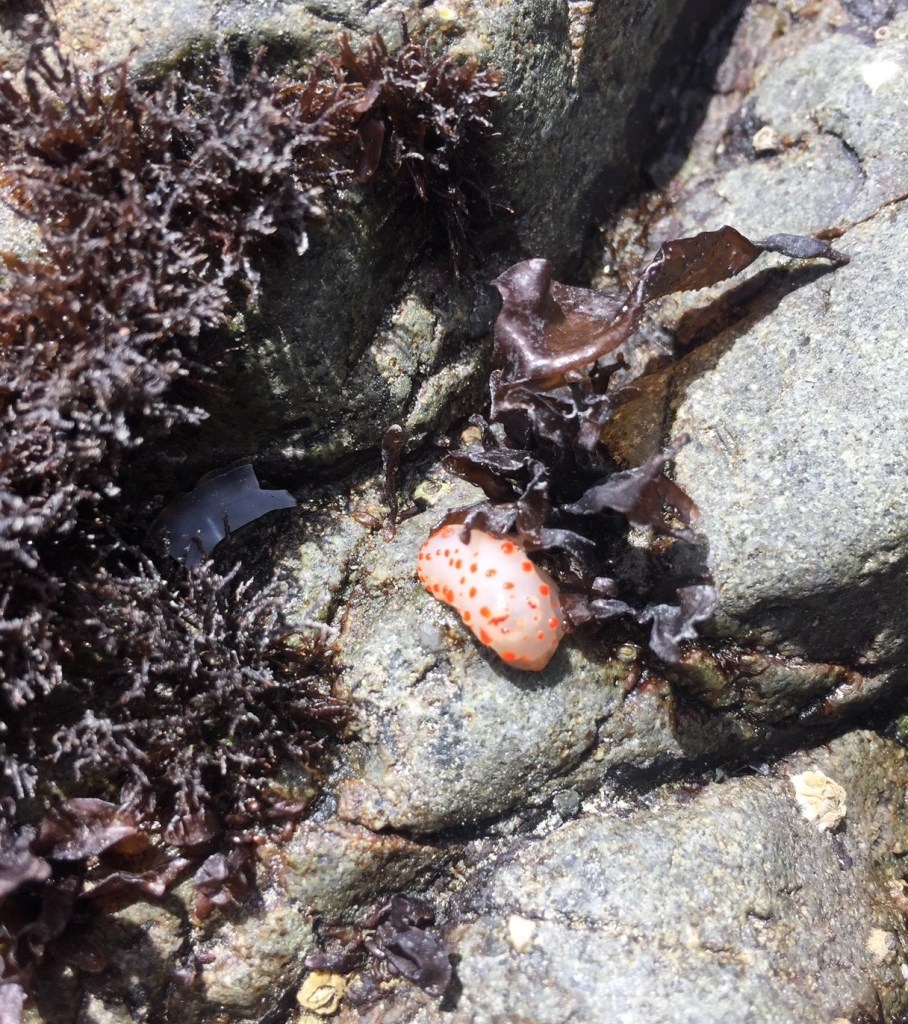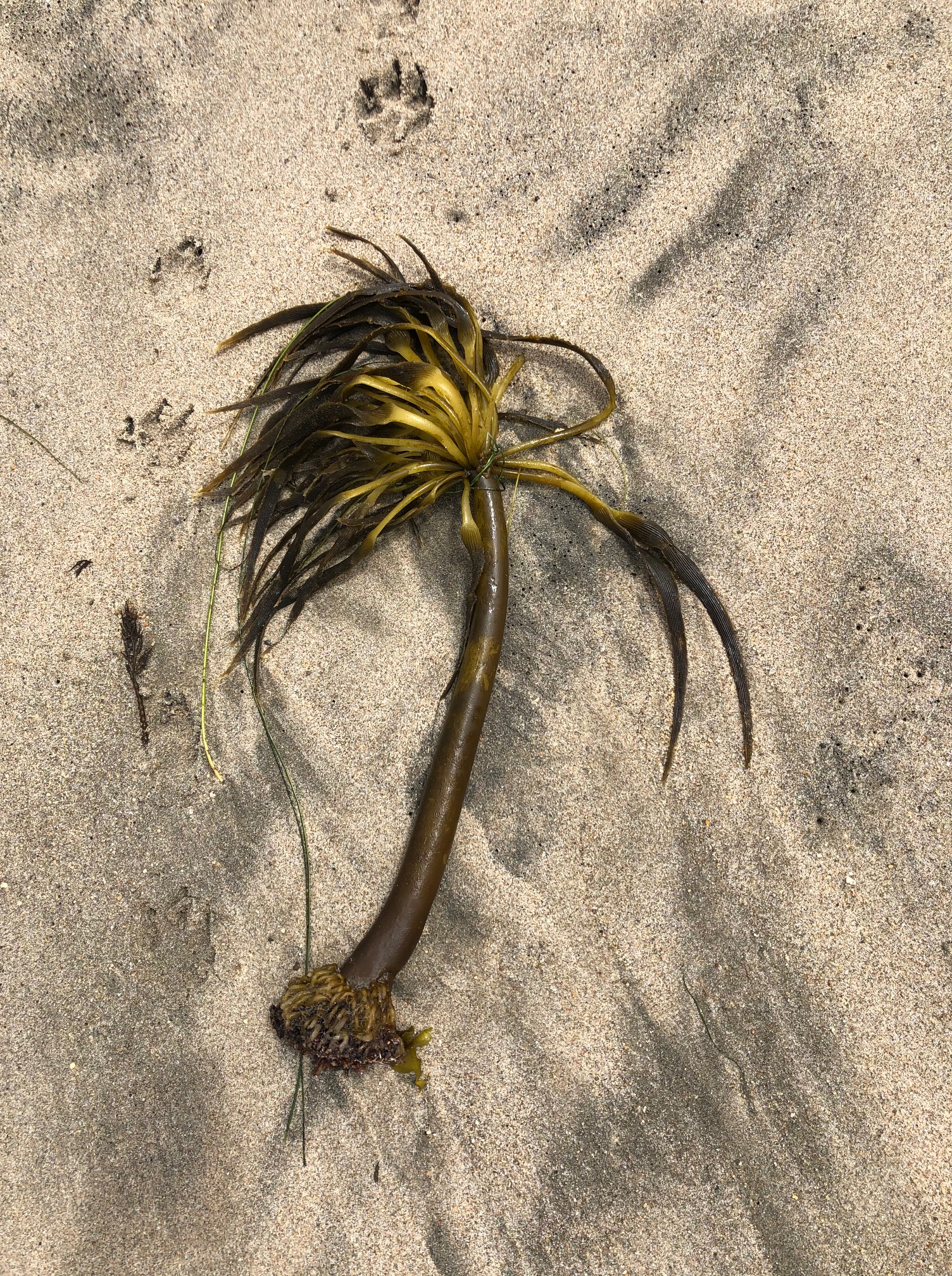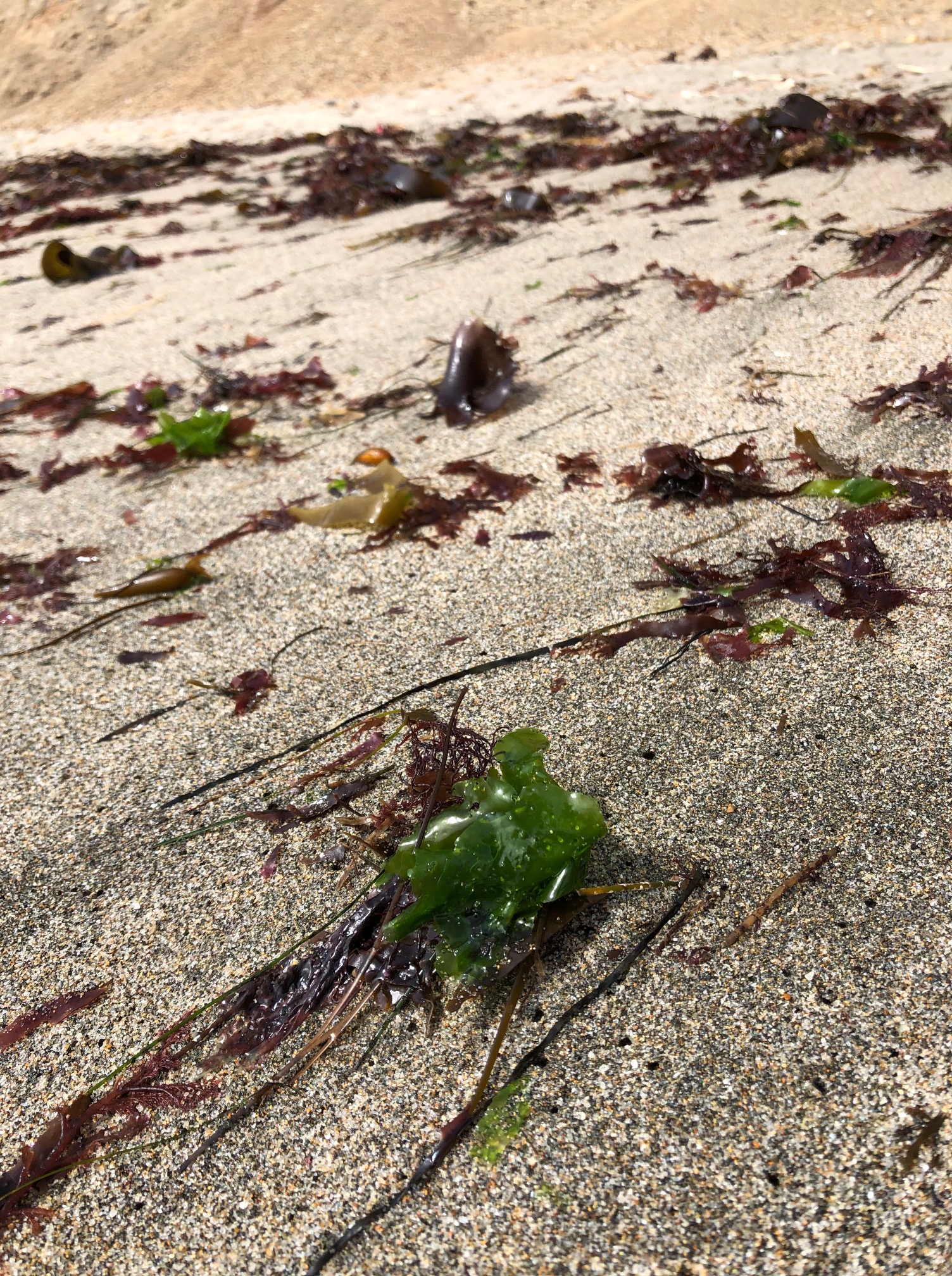Summer isn’t over yet! As we did in our previous taxonomic tidal list, we begin each animal phyla with a note on where it falls in the animal kingdom – protostome or deuterostome? Lophotrochozoan or ecdysozoan? And from there, further classifications.
Taxonomy is a subject one either loves or hates. But regardless, it tends to be the framework for learning the biology of all the organisms one discovers in a zoology class. We do get to sneak in two algae phyla as well – algae, not plants, because seaweeds are photosynthetic but they don’t have the specialized tissue of true plants.
Mollusca
The Molluscans are a coelomate phylum – another phylum with animals described as complicated tubes. Their coelom, or body cavity, is limited to only a chamber around the heart. They have open circulatory systems, which means blood doesn’t travel through vessels but rather exists oozing throughout the entire organism.
They are lophotrochozoans (soft and squishy, as compared to the ecdysozoan’s familiar hard exoskeletan), and there are 90,000 species living on earth today.
Most familiar Molluscs are of course snails and slugs. In the oceans and her tide pools, these creatures are much more stunning. The Gastropods (stomach-footed) are classic snails and slugs which produce for themselves a single shell or none at all. Bivalves (yes, two valves) are two-shelled, and in Californian tide pools at least, you will find myriads of them in thick beds of happily clustered mussels.
Gastropod shells are often stolen by hermit crabs or collected by beachcombers, with beautiful designs like periwinkles, turban snails, whelks, limpets, and more – many spotted, striped, or ridged in spectacular colors. But even more impressive (in my opinion, at least) are the absolutely beautiful nudibranchs, or sea slugs. They are very small (many I have found would fit on my thumbnail) but are so brilliantly colored – bright yellow lemon drops, bright pink with a “shaggy” appearance (Hopkin’s Rose), or the Hermissenda, which has stingers it actually uses from its diet of sea anemones. Imagine if we were able to – I don’t know, actually photosynthesize by using chloroplasts from our dietary spinach. That’s what this slug does with the nematocyst cells of its prey!
The queen of Gastropods is undoubtedly the Abalone, and scores of them once graced the California coastline. They are protected now, with slowly recovering populations.

No Mollusc has captured the imagination as much as the Cephalopods, however. The Giant Squid, mysterious and ancient Chambered Nautilus, and completely adorable finger-sized Cuttlefish are all Cephalopods. In a tidepool, I was once lucky enough to stumble upon a young Octopus, however, awaiting the rising of the tide deep in the intertidal zone. These highly intelligent creatures also make the occasional headline – for example, when Inky the Octopus decided he was done visiting the aquarium and wanted to return to the ocean. And succeeded, of course.
More common than cephalopods, in tide pools at least, is the Chiton. A member of class Polyplacophora (meaning, it has many shells on its back – nine butterfly-shaped bone-like structures, to be exact), we can find small fuzzy chitons (or rather, a Spiny Chiton – which I promise you is more fuzzy than spiny – Nutallina fluxa) up into the splash zone, and the occasional red Gumboot Chiton, a giant creature bigger than your foot.
Feophyta

The major Californian species here is Giant Kelp. And yes, this is an incredibly species – from being hunted by sea urchins, to being tended dutifully by urchin-loving Sea Otters, to absorbing wave energy off of coastlines to protect the shore from ocean storms. Kelp forests host biological diversity and are economically impactful buffer zones.

Biologically, Kelp have a holdfast (instead of roots), a stalk (not a stem), and blades (rather than leaves). Again, this is not specialized tissue; the algae is not a plant, and all the cells are homogenous. But they do have these features, and plenty of bladders to float the blades up to the surface waters, soaking in the sun for food. Like all photosynthetic organisms, Kelp have chlorophyll A and B, but as Feophytans, they are dominated by the pigment fucoxanthin, from which it gets its brownish color.
Sea Palms are another Feophytan member, often found in the most dramatically wave-worn parts of the intertidal zone.



Chlorophyta
These are the green (and chlorophyll-dominated) seaweeds! Bright and slippery Sea Lettuce and bubbly Dead Man’s Fingers both represent this algal phylum.


And of course, the bright green jewels of Volvox and Chlamydomonas are impossible to forget. Even if they require a microscope to see them.
Echinodermata
Echinoderm means spiky skin, and that is most dramatically demonstrated in the commonly found Purple Sea Urchin (with an occasional red one dotting the flocks of them).
But Sand Dollars are spiny-skinned too, though its impossible to tell from their whitewashed tests found on beaches. They may live too deep in the water to be found in even low tide, but when found alive they are covered in brownish purple fuzz.
Finally, there are lumbering Sea Cucumbers, with sorry excuses for spines if there ever was one.
Odd as this little phylum is, they are the first animals we’ve considered who aren’t protostomes. They are deuterostomes, which means they have different developmental patterns than the others. Deuterostomes have radial cleavage from zygote to 16-cell stage. Unlike the spiral cleavage of protostomes, the radial pattern means cell type is not determined by their position in the embryo; any cell can become anything at that stage. The coelom forms from the endoderm tissue of the embryo, rather than the mesoderm. And finally, “deuterostome” is literally “second mouth,” or rather, “mouth second;” the anus forms first in the embryo, and then the mouth.
The Echinoderms share their deuterostome status with another phylum – the Chordates.
Chordata
The Chordates, or Vertebrates, are animals with a backbone. And so we have finally breached the realm of animals we are actually familiar with! Also deuterostomes, the Chordates share the same embryological developmental patterns described for Echinoderms above. And unique to all Chordates is – actually, not a spinal cord. Not a spinal cord at all! Instead, all chordates have:
- At some stage in their life, a notochord, which protects the nerve cord running down the length of the organism. Tunicates (which may be found washed up on the beach)
- At some stage in their life, a pharyngeal pouch. This may develop into tonsils, ear cavities, or parathyroid glands.
- An endostyle. Or, in Chordates of the more familiar kind, a thyroid gland.
None of that sounds terribly familiar, but classes within Phylum Chordata include Rptilia, Fish, Aves, and Mammalia. So yes, the Rockfish trapped in pools waiting for the tide to rise again, and the Gulls dining on crab and squawking all over the place are both Chordates. So are you, and so is that sorry sac washed up on the beach.
Salps, another type of tunicate, might be mistaken for a jelly on the beach, as both are just clear, gelatinous, mostly water creatures. But salps have a notochord. And all the things that make them chordates. The cartilaginous notochord of salps, also known as sea squirts, can be seen more clearly in other specimens.
And of course, nothing beats catching a glimpse of something like a Sea Turtle (more likely to be spotted off of Hawaiian tide pools than Californian ones, I confess) or a marine mammal. In California, Sea Lions are ubiquitous and impossible to miss with their incessant barking. We also have Elephant Seals, Pacific Harbor Seals (silver-spotted cuties!), and Guadalupe Fur Seals. Pinnipeds are the seals and sea lions of the marine mammal world; Cetaceans are the whales and dolphins. And while I dearly hope you will never find a whale in a tide pool, depending on the time of year it is certainly not rare to see whales and dolphins of many species porpoising, fluking, and breaching from the coastline.
It’s hard to pick a favorite find at a tide pool, the beach, or any marine habitat for that matter. But one of the more unique finds was on a Northern California beach, a tiny By-the-Wind-Sailor washed up. With brilliant blue tentacles and a little translucent sail sticking up, this is a kind of Cnidarian that is harmless to people and can fit in your palm.

Informative and amazing 👍
LikeLiked by 1 person